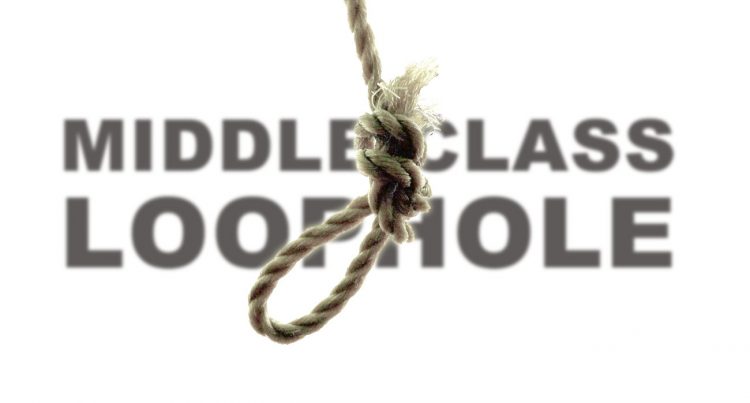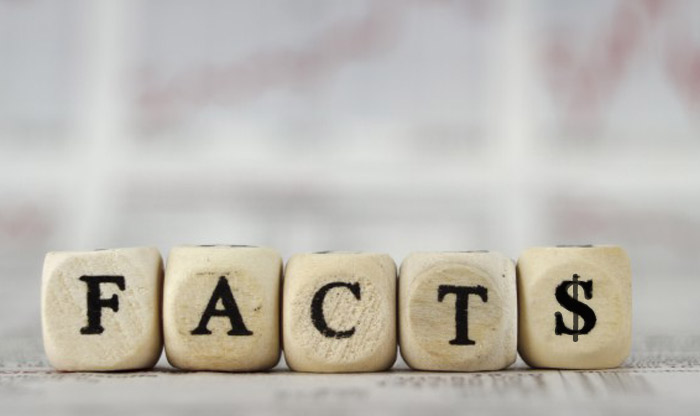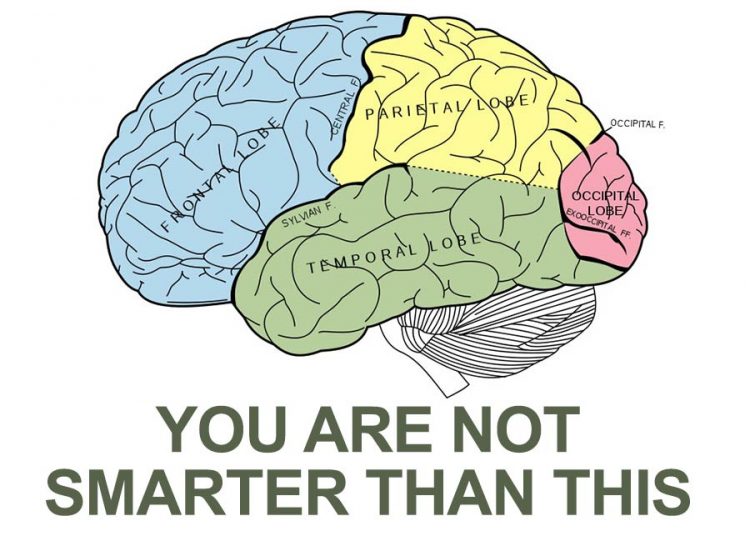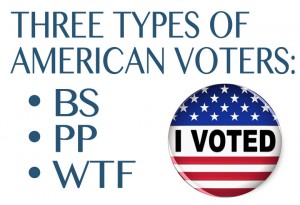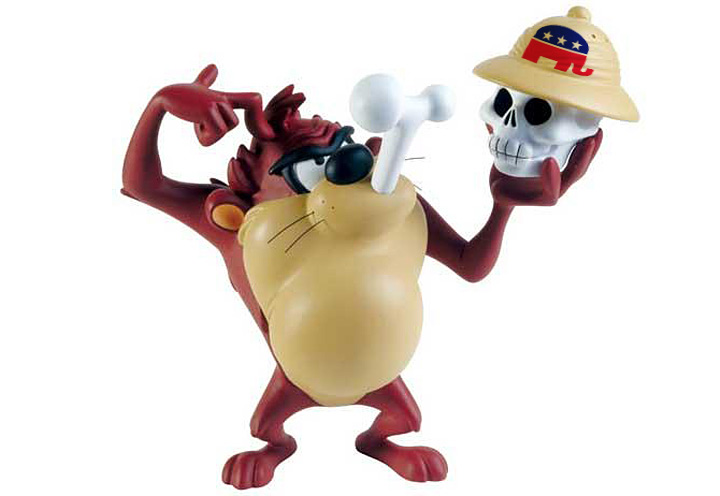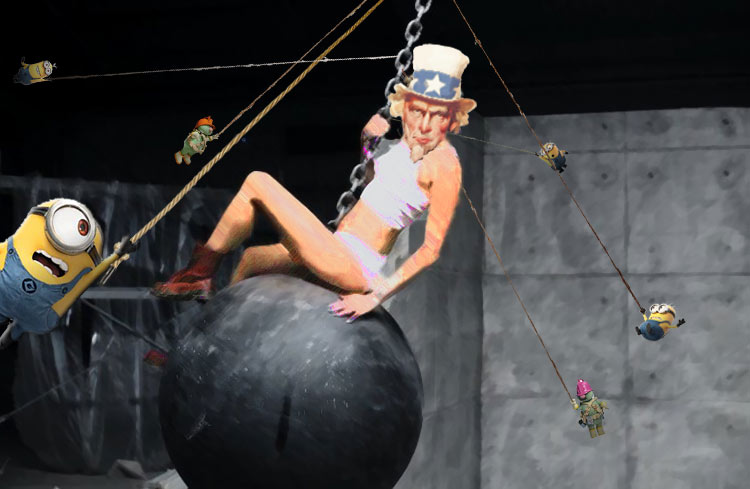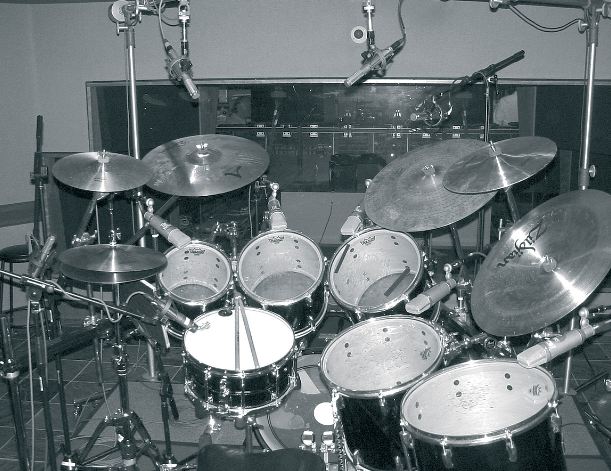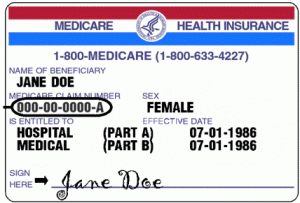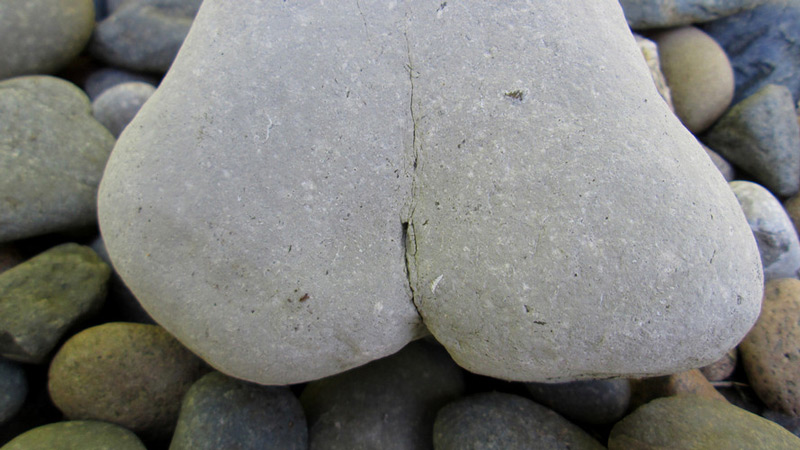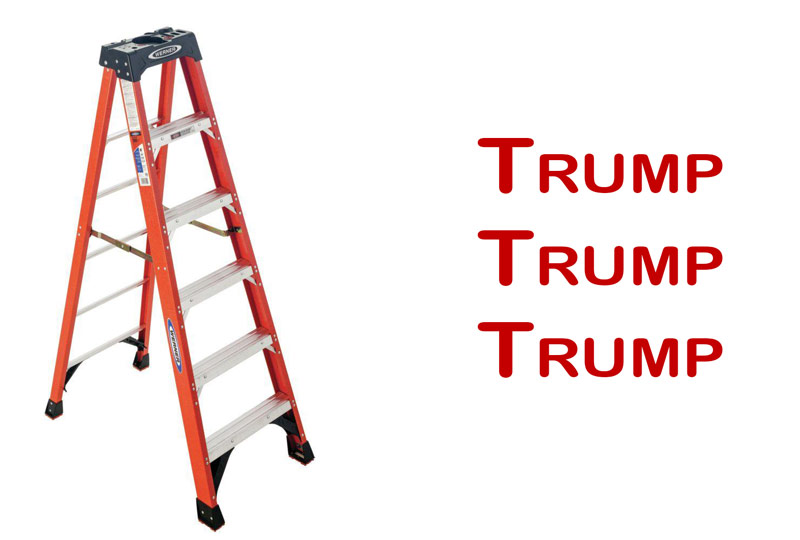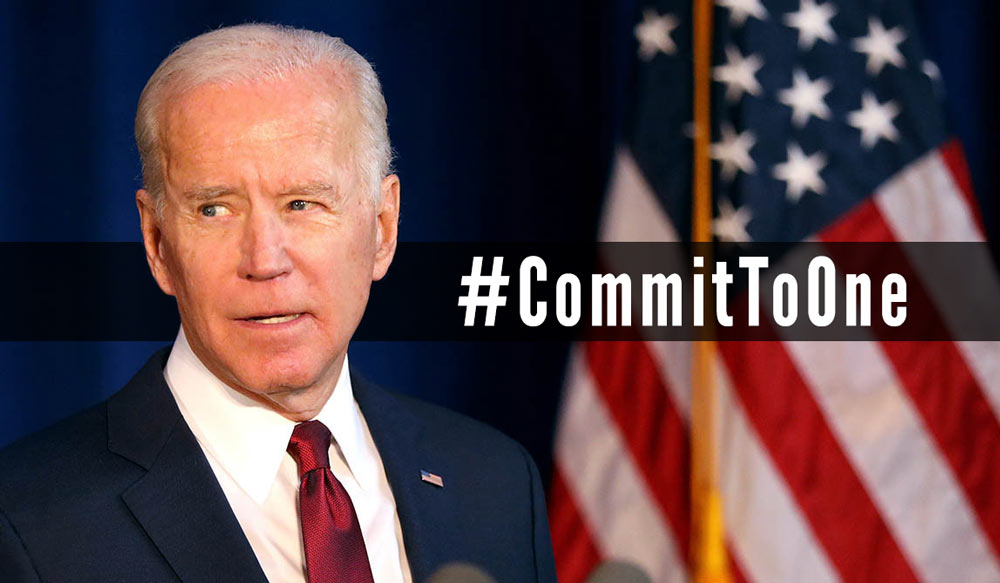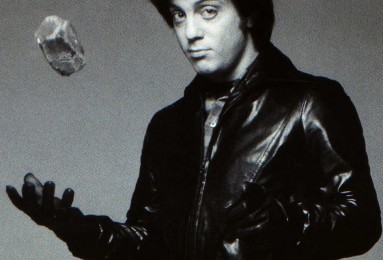 Related Singer Tip: How to Sing with Emotion
Related Singer Tip: How to Sing with Emotion
So you want to be a better singer? Probably heard yourself in a recording and went “Wow! Why do I sound worse when recorded!?!” Yes… that happens a lot… but if you have a good voice, then you can become a better studio singer with some well-targeted practice. The first step to becoming a good singer in the studio is accepting the fact that it takes practice, it’s learning how to play an instrument just like anything else. If you’re not willing to work for it, then you’re not meant to do it as a career, so you might as well stop now.
This post will give you some of the many ways that can help you be a better studio singer – but it’s not magic. You have to practice it and work at it just like any other art form.
If you’ve read any of my other posts about recording vocals and singing in the studio, then you know that the first two things I’m going to say are: 1) Get over yourself: ego blocks self-improvement, and 2) you need to practice by recording and LISTENING to yourself constantly and objectively. That’s why people have vocal coaches: because coaches can be objective observers whereas 90% of singers generally cannot – but you can at least try by means of practice, recording, listening, and comparing.
Most singers think they’re better than they really are. Sorry, but it’s true: I have about a decade’s worth of vocal tracks to prove it, and we all have witnessed way too many seasons of American Idol to see how people can delude themselves into thinking they have talent. Nothing makes me more frustrated than singers in the studio who think that since they “sound good” inside their own head, then magically that means they’ll sound great when recorded. The sound you hear in the shower is an illusion, trust me. Just like one guitar can sound great and another like junk, so too do voices. Moreover, audio engineers can work a lot of magic, but if you don’t have the well-practiced skills to sing well in the studio, you’ll never sound great. If you REALLY want to be a good singer, then it’s time to get to work.
Most of you probably looked at this photo and said to yourselves, “Who is that guy, and what does that have to do with singing better when recorded?” Apparently I’m an “older” guy now and can I’ll tell you that’s Billy Joel – at which point a lot of you will recoil because he probably makes you think of saxophone solos and running into trees in his BMW. But Billy Joel – young Billy Joel – was down-right exceptional at the point I want to make about studio singing:
Be a master of shaping your vowels when singing.
There are two songs of early Billy Joel that, if you want to be a good singer in the studio, you need to study: “Just the way you are” and “She has a way about her” (1981 live version, the album version sucks and is impossible to find anymore, anyway). There are videos of both below, but if you are not VERY familiar with both songs, read this first before listening and watching so that you know what to look for in his singing of these two songs. (Aside: another good singer for vowel shaping is Heather Headley, but she’s also a belter, which a lot of people can’t pull off very well, so study this first.)
This is really important for new singers: it doesn’t matter if you like this music style or not, what matters is learning from the technique. Genre doesn’t matter. If you really want to be a good singer, you’ll be able to watch and listen to these two songs and respect how he uses his vowels and diction (especially in “Just the way you are” because so much of that one is deliberately shaped) so that his voice becomes and instrument and the words become a larger part of the overall song by their sounds, not just by their literal meaning. If you’re serious about being a singer, you’ll study every singer of every genre that’s out there. You can learn from anyone, and you can ALWAYS get better.
Having the ability to shape your vowels well gives you a boat-load of additional tools when singing in the studio. It allows you to give more emotion when you’re singing as well as use your instrument (your voice) to give more character, punch, and flow within the instrument track. Like for guitar players: a G chord is a G chord, but it sounds different on a Martin than it does on a Taylor, and then even more different depending on how you strum, where you strum, and if you use the pads of your fingers, your finger nails or a pick. It’s the same with the different ways you can punch and shape vowels when singing.
Shaping your vowels when singing means the nearly countless different ways you can make vowels sound. An “E” can be a long EEEEEE, a hard E (more like “eh”) and can even basically be an A sound that works within context of the word. There are a lot of other was just that one vowel can sound depending on how tense your mouth is, where you “place” the sound in your mouth (front, middle, or more back in your throat). Then you can mutate it between all those possibilities with a vowel that is sustained in the song. It’s not just like pop punk, for example, where it seems as if every time they hit an “E” it’s always the tight “eeee” sound, or how when they have a word with the R at the end they always pronounce it hard almost as if they are a Brit making fun of how Americans speak. The point is to know how to sing all the vowel shapes and use them as part of your singing tool box.
It’s also important to pay attention to how your vowels interact words that end with softer consonants (R, N, M, etc. are soft, whereas T, S, K, D, etc. are hard). When vowels flow into those types of consonants, they basically adopt a lot of the sound characteristics, which means you can end your words with more character than if you were just speaking them.
Listen, listen, listen. Listen to every singer you can, especially if you can find a video as watch them as well, so you can see how good studio singers use the shape of their mouths, and tenseness of the muscles in their cheeks and jaws to shape how the vowels sound. Even if you can’t stand the style of music: respect that people who know how to use their voice as an instrument. Once you have that, then you’re on your way to being a better singer in the studio.
Published: by | Updated: 06-21-2015 09:20:43


